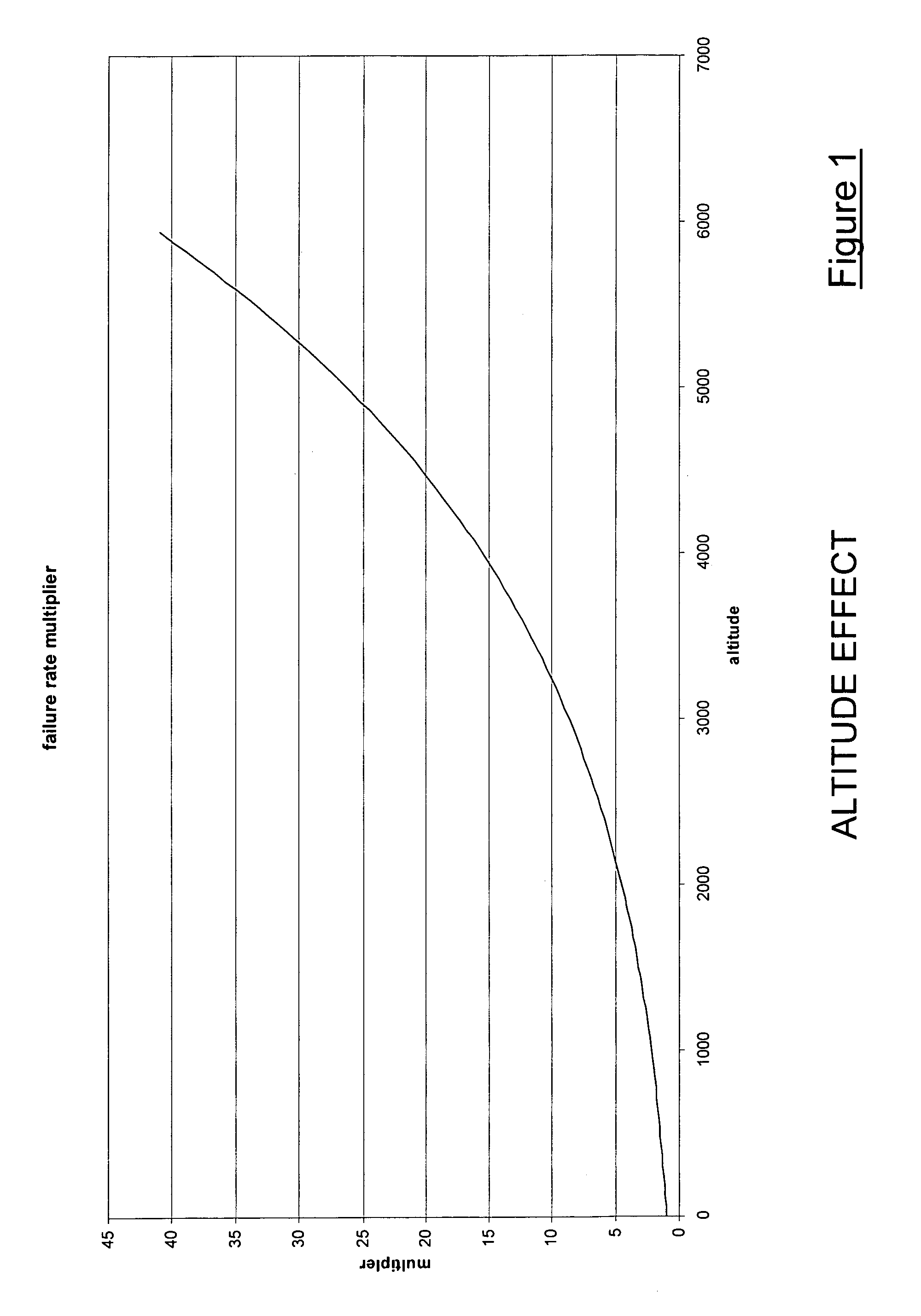Optimized locomotive traction system
a technology for traction systems and locomotives, applied in the direction of dynamo-electric converter control, multiple dynamo-motor starters, electric devices, etc., can solve the problems of increasing the exposure of locomotives to cosmic radiation, increasing the rate of power semiconductor devices to fail, and achieving more reliable operation.
- Summary
- Abstract
- Description
- Claims
- Application Information
AI Technical Summary
Benefits of technology
Problems solved by technology
Method used
Image
Examples
Embodiment Construction
[0014]As discussed briefly above, locomotives that are used for heavy haul applications tend to experience extreme environmental conditions, such as low temperatures and high cosmic radiation levels due to higher altitude operation and as such, if a locomotive fails, it is possible that the crew and any passengers would be exposed to these elements. As such, because a failure of a locomotive may mean undue hardship to the locomotive crew and passengers, and can cause delay to other trains / locomotives using the same track, it is essential that these locomotives be as reliable as possible. Upon inspection, it can be seen that the failure rate of a traction system is related to the altitude at which the locomotive is operating and the voltage stress on the power semiconductor devices used to control the power to the traction motors. Referring to FIG. 3, a graph demonstrating the effect of voltage on the failure multiplier for a typical 2500 volt device is shown, wherein these devices a...
PUM
 Login to View More
Login to View More Abstract
Description
Claims
Application Information
 Login to View More
Login to View More - R&D
- Intellectual Property
- Life Sciences
- Materials
- Tech Scout
- Unparalleled Data Quality
- Higher Quality Content
- 60% Fewer Hallucinations
Browse by: Latest US Patents, China's latest patents, Technical Efficacy Thesaurus, Application Domain, Technology Topic, Popular Technical Reports.
© 2025 PatSnap. All rights reserved.Legal|Privacy policy|Modern Slavery Act Transparency Statement|Sitemap|About US| Contact US: help@patsnap.com



